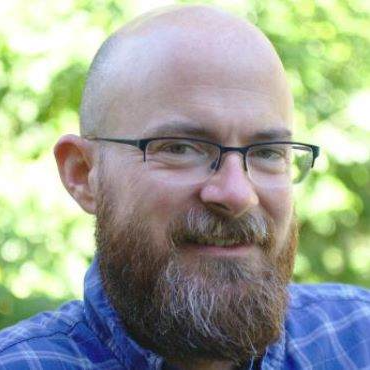Recent Advances and Applications in X-ray Free-Electron Lasers
A special issue of Applied Sciences (ISSN 2076-3417). This special issue belongs to the section "Optics and Lasers".
Deadline for manuscript submissions: 20 May 2024 | Viewed by 7963
Special Issue Editors
Interests: X-ray spectroscopy; short-pulse X-ray sources; angle-resolved photoelectron dynamics
Special Issues, Collections and Topics in MDPI journals
Interests: molecular physics; ultrafast X-ray spectroscopy; material response to electronic excitation
Special Issues, Collections and Topics in MDPI journals
Special Issue Information
Dear Colleagues,
We cordially invite you to participate in this Special Issue on auspicious ideas for future science at X-ray free-electron lasers (XFELs). The issue should cover both novel concepts for tailored X-ray pulse generation and characterization, as well as pioneering experimental schemes and state-of-the-art research taking advantage of these exciting new possibilities.
A major focus shall lie in contributions concerning the emerging science with sub-femtosecond X-ray pulses, from the generation and control of attosecond pulses to the study of attosecond dynamics at free-electron lasers, covering the initial excitation or ionization steps in small gas-phase systems, in the condensed phase and in (quantum) materials, ultrafast charge and energy transfer in molecules, photochemical dynamics, ultrafast magnetic exchange and spin switching, and time-resolved imaging, as well as the investigation of X-ray-driven strong-field phenomena.
It is envisioned that attosecond pulses will give a new twist to XFELs and stimulate cooperation between diverse research areas, which shall be supported by the broad scope of this Special Issue.
Prof. Dr. Wolfram Helml
Dr. Ryan Coffee
Guest Editors
Manuscript Submission Information
Manuscripts should be submitted online at www.mdpi.com by registering and logging in to this website. Once you are registered, click here to go to the submission form. Manuscripts can be submitted until the deadline. All submissions that pass pre-check are peer-reviewed. Accepted papers will be published continuously in the journal (as soon as accepted) and will be listed together on the special issue website. Research articles, review articles as well as short communications are invited. For planned papers, a title and short abstract (about 100 words) can be sent to the Editorial Office for announcement on this website.
Submitted manuscripts should not have been published previously, nor be under consideration for publication elsewhere (except conference proceedings papers). All manuscripts are thoroughly refereed through a single-blind peer-review process. A guide for authors and other relevant information for submission of manuscripts is available on the Instructions for Authors page. Applied Sciences is an international peer-reviewed open access semimonthly journal published by MDPI.
Please visit the Instructions for Authors page before submitting a manuscript. The Article Processing Charge (APC) for publication in this open access journal is 2400 CHF (Swiss Francs). Submitted papers should be well formatted and use good English. Authors may use MDPI's English editing service prior to publication or during author revisions.
Keywords
- free-electron lasers
- attosecond X-ray science
- charge transport
- nonlinear X-ray–matter interactions
- photochemistry
- ultrafast spin switching
- coherent control
- time-resolved X-ray imaging






